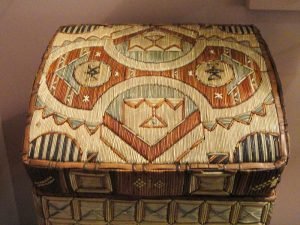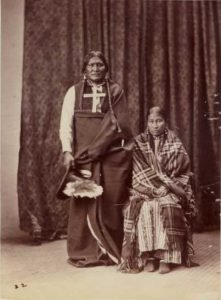Pamlico Indians
Pamlico Tribe: Meaning unknown. Pamlico Connections. The Pamlico belonged to the Algonquian linguistic stock. Pamlico Location. On Pamlico River. Pamlico History. The Pamlico are mentioned by the Raleigh colonists in 1585-86 under the name Pomouik. In 1696 they were almost destroyed by smallpox. In 1701 Lawson recorded a vocabulary from them which shows their affiliations to have been as given above (Lawson, 1860). In 1710 they lived in a single small village. They took part in the Tuscarora war, and at its close that part of the Tuscarora under treaty with the English agreed to destroy them. A remnant of … Read more



